We’re getting close to applying for your first travel credit card. Before discussing your options and…
Points Game 102: Airline and Hotel Loyalty Programs…
OK… you’ve done your Points Game 101 homework and you now have a pretty good idea of which airlines fly into your local airport(s), you have a list of destinations you’d like to travel to and you’ve done some thinking regarding how you like to travel and what your comfort requirements are.
You’re ready to start building your plan for cheap and free travel. Now we need to talk about how these points programs work and get you signed up for the airline and hotel programs that will be most helpful to you.
Let’s start with the airlines.
It used to be that points earned from flying with an airline were based on the number of miles flown. In most cases that has changed to a revenue-based scheme; spend $300 for a ticket and you earn 300 miles.
Use your co-branded credit card to purchase a ticket and you’ll earn an additional 2X to 3X miles for the purchase. In the best-case scenario, after purchasing that flight and paying for it with the corresponding co-branded credit card, you will have earned 1,200 miles for a flight that cost $300 (900 miles for using the credit card and 300 miles for the flight).
For the major airlines, it will usually cost somewhere between 20,000 and 40,000 miles for a free domestic flight. If you’re a road warrior and racking up the miles that’s great. But for Jill and Joe Average, it could be years before you have enough miles to get a free trip. That’s where credit card sign-up bonuses can really kick start your travel experience but first, you need to be signed up with the various frequent flyer programs.
Everybody is familiar with the Big Three: American, United and Delta. Even if they don’t all fly into your local airport, I would join their frequent flyer program because you are bound to fly them sooner or later by taking a regional or cut-rate airline to one of their hubs.
In addition, each of the big three belong to one of the three airline alliances: Star Alliance (United), oneworld (American) and Sky Team (Delta). The further you get into The Points Game the more important these alliances become because you can book flights on one alliance airline using the frequent flyer points of another. This literally opens up a whole new world of possibilities!

The oneworld alliance, while the smallest of the three in terms of participants, is the one I use most often. There are a total of 13 alliance members, but the main airlines in Oneworld are American, British, Cathay Pacific, Iberia, Qantas and Japan Airlines.
My go-to airline is American mainly because they serve Sarasota and Tampa well and their hubs generally take me in the direction I most frequently travel. As a result, over the years I have flown well over half a million miles on American.
Chase offers a British Airways card, which I have had several times, and I have flown Qantas many times to Australia. Alaska Airlines is joining Oneworld later this year, making the alliance even stronger.
Between American, BA, Alaskan and Iberia (a sister airline to BA), Lisa and I have 643,000 Oneworld miles available to us. That means we could book flights using those points on Cathay Pacific to Hong Kong, Qantas to Sydney or Fiji, Royal Jordanian to Tel Aviv or Amman, or Japan Airlines to Tokyo. Like I said, a world of possibilities.

Sky Team has more members, a total of 19, but only a few that I’m likely to use. I used 80K Delta miles for our December trip to Europe (we scored Delta One First Class seats to Heathrow) so we’re down to 196,000 Sky Team miles on Delta and Air France. However, I can easily see using some of these miles to book a flight on AeroMexico or KLM in the future.
Our neighbors are retiring next year and moving to Vietnam, so there may be a trip on Vietnam Airlines in our future if I can convince Lisa to go. Other Sky Team members include Aeroflot, Alitalia, China Eastern, Korean Air and Air Europa.

With 26 members, Star Alliance is by far the largest. Even though there are some really solid airlines in the Star Alliance like United, Swiss, Lufthansa and Singapore Airlines, I haven’t typically had a lot of Star Alliance points until I discovered Avianca Life Miles a couple of years ago.
Avianca is a Columbia-based airline whose credit card frequently has a killer sign-up bonus and Lisa and I both got the card (twice), giving us plenty of points to play with. Some of the other notable airlines in the Star Alliance include Air Canada, ANA, Copa, Thai, Turkish and TAP.
I made good use of the Star Alliance when booking flights within Europe and returning from our December trip. The river cruise we’re going on ends in Basel, Switzerland so we booked flights using Avianca miles on Austrian Airlines from there to Salzburg, Austria where Lisa has an old friend that we’re going to stay with for a few days. The total for both of us on that one-way flight was 25K miles.
Getting home to Sarasota we’re taking a somewhat circuitous route by flying Salzburg to Frankfurt, Frankfurt to Munich and Munich to Charlotte all on Lufthansa using a total of 60K Avianca miles.
For the last hop from Charlotte to Sarasota, I used a Oneworld connection by spending 20K Alaska miles to fly on American (I got lucky on that one since it’s usually 40K miles to fly on American using Alaska miles). In total, I used 185K miles, on four airlines and two of the alliances for the two of us, and the flight going east is in first class. That’s the power of using frequent flyer miles and airline alliances.
So, what about all the airlines that aren’t part of the three alliances? Again, I would join the frequent flyer programs of the most prominent airlines flying through your home airport.
If the following airlines don’t fly where you are I would still join their mileage programs since there is a good chance that they will be in your flying future: Jet Blue, Alaska, Southwest. The first two have partner agreements with American and Southwest has proven that you can be a modestly-priced airline and still have good customer service.
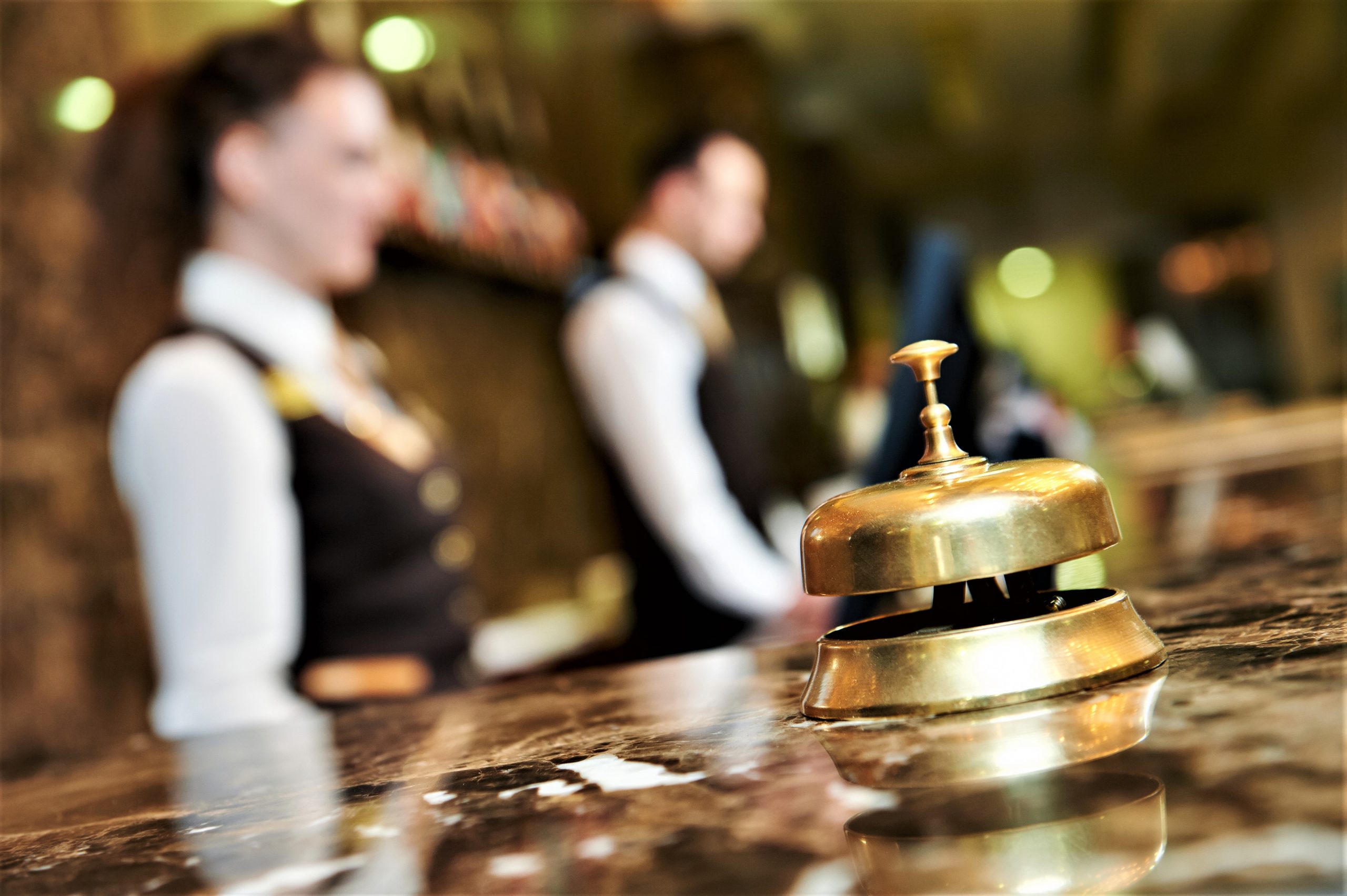
OK – we’ve covered the airlines and their all-important alliances so let’s move on to the hotel chains.
We try to avoid hotels if at all possible; we much prefer to stay at Airbnb or VRBO-style accommodations and typically only stay at hotels as a last resort or if we need to overnight near the airport for an early morning flight. That said, some hotel loyalty programs (Marriott, Wyndham, Hyatt and IHG) allow you to transfer points to airlines in addition to using them for stays.
Other programs offer a yearly free night that more than covers the cost of the annual fee for the credit card (Radisson, some Marriott cards and IHG). There has been a lot of brand consolidation in recent years, so with the exception of Best Western, most of the major chains offer everything from cut-rate to luxury hotels.
The hotel programs work much like the airline programs; every time you stay you earn points that can be used for future stays. Here are the major hotel chains and the links to sign-up. There are other chains, primarily serving the luxury market, but these are the most prominent and all have affinity credit cards so you can rack up a lot of points through a sign-up bonus in addition to staying with them:
- Wyndham – At more than 9,300 hotels across 20 brands in 80+ countries, Wyndham is the largest of the hotel chains. Wyndham Grand, TRYP, La Quinta, Ramada, Baymont, TraveLodge, Super 8, Days Inn and the iconic Howard Johnson are amongst the best-known Wyndham brands.
- Hilton – Double Tree, Waldorf Astoria, Homewood Suites, Hampton Inn, Conrad, the Curio Collection and Embassy Suites are among the 18 Hilton brands. Hilton has 6,162 properties in 118 countries and territories.
- Marriott – With 30 brands and 7,500+ properties across 131 countries and territories, Marriott is a well-known brand to most Americans. Their brands include The Ritz-Carlton, Residence Inn, St. Regis, Fairfield, Courtyard, W Hotels, JW Marriott, Westin, Meridien and Sheraton.
- International Hotel Group (IHG) – IHG operates in more than 100 countries globally, and has 5,895 properties under 16 brands. Holiday Inn, Kimpton, Regent, Indigo, Crowne Plaza, Intercontinental and Staybridge Suites are amongst the most recognizable IHG brands.
- Best Western – A great many independent local hotels and motels looking for major brand marketing have ended up under the Best Western umbrella. With more than 4,700 hotels in nearly 100 countries worldwide under 18 hotel labels, Best Western-branded hotels include Best Western, Best Western Plus, Best Western Premier, Vīb, GLō, Sadie, Aiden, and the BW Premier Collection.
- Radisson – Radisson Hotel Group is a smaller chain with eight distinctive hotel brands and more than 1,400 hotels in operation or under development around the world. Prominent brands include Radisson, Country Inn and Suites, Park Inn, Park Plaza and Radisson Blu.
- Hyatt –Hyatt Regency, Thompson Hotels, Andaz, Miraval, Joie de Vivre and their Unbound Collection are just some of the 20 brands in the Hyatt family. If some of these brands are new to you, it’s because they have been building an international presence. The company includes more than 900 hotel, all-inclusive, and wellness resort properties in 65 countries across six continents.
One thing you need to know about how hotel brands operate is that in addition to corporate-owned properties, many are owned and managed by independent lodging companies and, outside the U.S., may not offer the same amenities.
Also be aware that if, for example, you belong to the Marriott Bonvoy loyalty program and book one of their properties through Expedia, Booking.com or one of the other consolidator sites, you most likely won’t receive points for your stay. Book through the hotel website and you’ll earn points. Pay with the affiliate credit card and you’ll earn more points.
Your assignment before our next class: Sign up for the American, Delta and United frequent flyer programs plus those of other airlines that fly in and out of your home airport(s) that you are likely to use. Also sign up for the hotel programs listed above.
Remember, it doesn’t cost you a dime to sign up for these programs. If you have a spouse or significant other, they should sign up as well since you will likely tag-team the card-issuing banks to get the most points and miles possible.
Personally, I have found the Hilton, Marriott, IHG and Radisson programs to be the most rewarding of the hotel chains, but they all can be very useful depending on where you travel.

As an avid traveler, Brian has explored and enjoyed cultural encounters in over 40 countries while spending many years refining The Points Game — using credit card sign-up bonuses and other tricks to get nearly free travel. Getting the most out of every trip is an art and Brian launched My Travel Traxx to help others enjoy the art of travel.

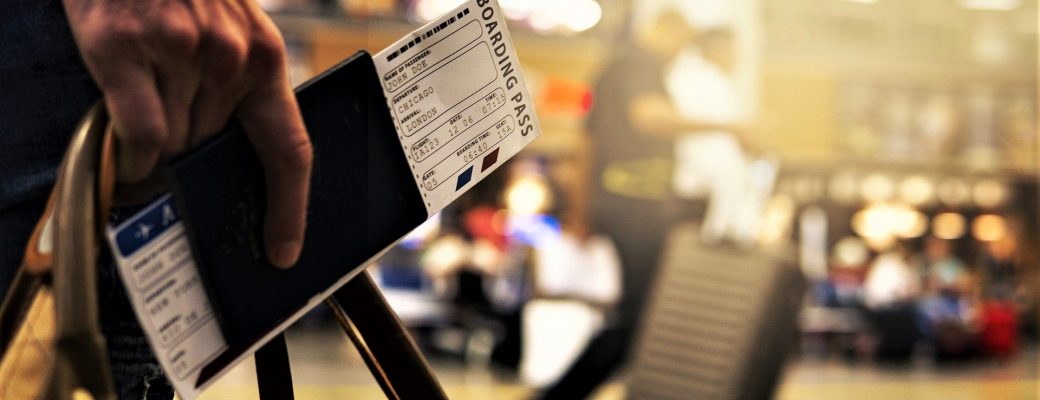
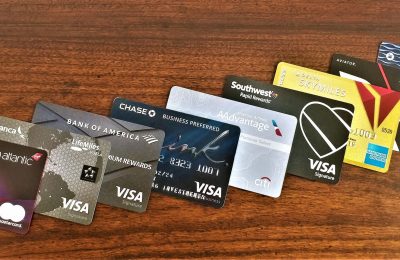
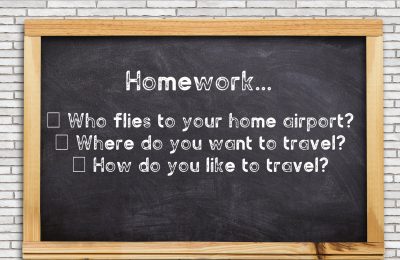
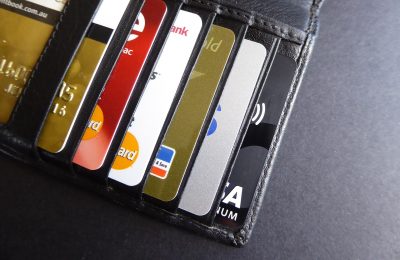
Comments (0)